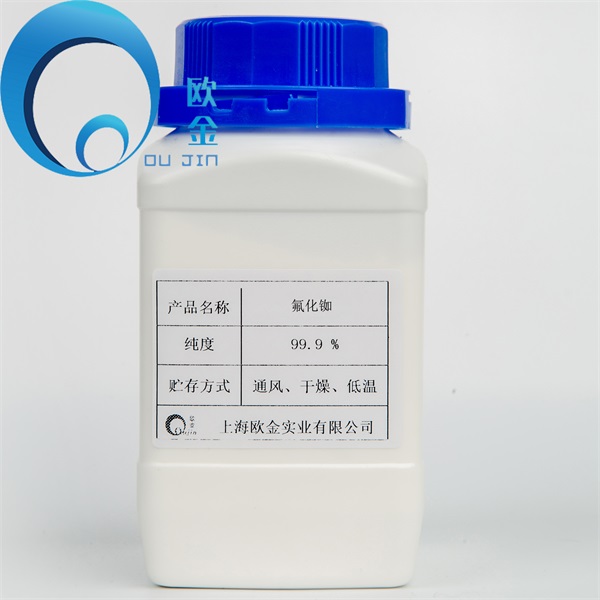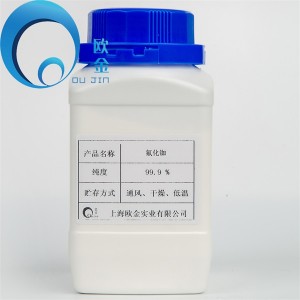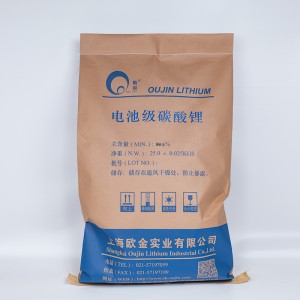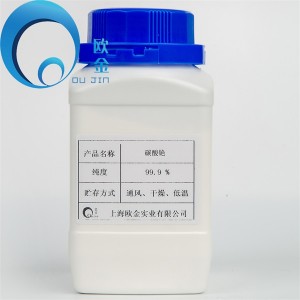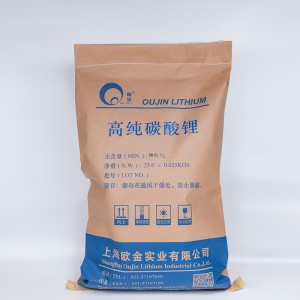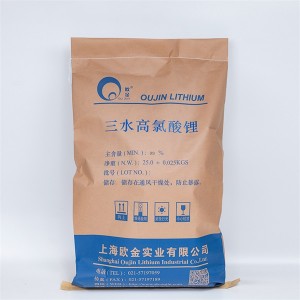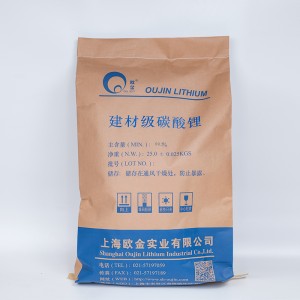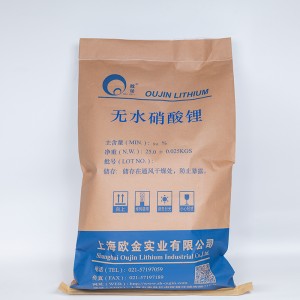
Products
Rubidium Fluoride
Rubidium fluoride, molecular formula RbF, octahedral coordination crystal. Colorless cubic powder crystal, soluble in water, soluble in dilute hydrofluoric acid, insoluble in ethanol and ether. In preparation, rubidium hydroxide can be prepared by mixed reaction with hydrofluoric acid, or by neutralization of rubidium carbonate with hydrofluoric acid. It can be used as reagent, toothpaste, etc.
Physical property data
1. Properties: colorless crystal with hygroscopicity.
2. Melting point (℃) : 775.
3. Boiling point (℃) : 1410.
4. Relative density (water =1) : 3.56
5. Saturated vapor pressure (kPa) : 0.13 (920℃).
6. Solubility: soluble in water, insoluble in ethanol, ether, liquid ammonia, soluble in hydrofluoric acid.
Molecular structure data
1. Molar refractive index: useless
2. Molar volume (cm3/mol) : useless
3. Isotonic specific volume (90.2k) : useless
4. Surface tension (DyNE /cm) : useless
5. Dielectric constant: useless
6. Polarizability: useless
7. Single isotope mass: 103.910195 Da
8. Nominal quality: 104 Da
9. Average quality: 104.4662 Da
Computational chemical data
♦ Reference value for hydrophobic parameters calculation (XlogP) : None
♦ Number of hydrogen bond donors: 0
♦ Number of hydrogen bond receptors: 1
♦ Number of rotatable bonds: 0
♦ Number of tautomorphs: None
♦ Topological molecular polarity surface area: 0
♦ Number of heavy atoms: 2
♦ Surface charge: 0
♦ Complexity: 2
♦ Number of isotope atoms: 0
♦ Determine the number of atomic vertical centers: 0
♦ Uncertain number of atomic vertical centers: 0
♦ Determine the number of chemical bond vertical centers: 0
♦ Uncertain number of chemical bond vertical centers: 0
♦ Number of covalent bond units: 2
Quality and stability
1. Stability: Stability.
2. Forbidden substance: strong acid.
3. Polymerization hazard: non-polymerization.
Storage method editing
Storage Precautions: Store in a cool, ventilated warehouse. The package is sealed. Should be stored separately with acids, food chemicals, do not mix storage. The storage area should be equipped with suitable materials for leakage.
The synthetic methods
Rubidium fluoride is synthesized in several ways.
1. Rubidium hydroxide is used to react with hydrofluoric acid:
RbOH + HF → RbF + H2O
2. Rubidium carbonate is neutralized with hydrofluoric acid:
Rb2CO3 + 2HF → 2RbF + H2O + CO2
In a platinum dish, rubidium carbonate was reacted with a concentrated solution of excessive hydrofluoric acid, evaporated and dried. Hot to red, so that the residue melt into a completely transparent melt, after cooling to a white flake. Can also be melted into a rod, stored in a dryer, because it is easy to moisture, so often need to repeat melting. It is also possible to soften rubidium chloride solution with silver fluoride to rubidium fluoride and silver chloride. Excess silver salt passes into H2S to remove. After filtration, the filtrate was evaporated in platinum dish to nearly get RbF crystal.
3. Another method is to react rubidium metal directly with fluorine gas, but because rubidium metal is expensive, it is the least commonly used method. In addition, rubidium and halogens react violently and burn: 2Rb + F2 → 2RbF [3]
Usage
Used as reagent, toothpaste, etc.

